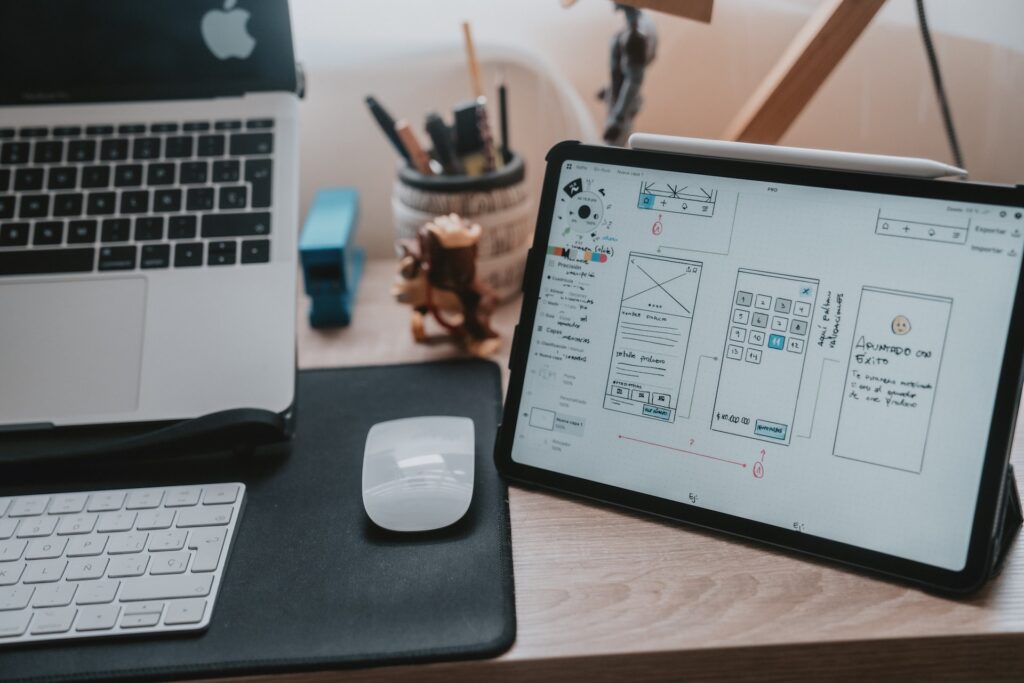The Scrolling Site: Getting It Right for The User
Believe it or not, at one point, in the not so distant past- scrolling was a major faux pas. The mantra of ‘above/below the fold’ rules were ubiquitous with designers working to get as much information as possible into the immediately seen space that ultimately would overwhelm the user.
Along with technology, the user has evolved. With the popularity and prevalence of parallax, so much has changed – including user preference and their interest in truly connecting and engaging with the content they are looking for. Scrolling has become an ally of both the user and designer alike – and with screen resolution improving it seems on a daily basis, this trend is only on the rise.
While standard scrolling is not a new trend, though the proper implementation of it’s features are a hotly contested debate. With sites developing more in depth content and the prevalence of parallax and animated sites as well as constant information stream applications, the approach of scrolling is evolving to site and content specifications. Scrolling is an integral aspect of many programs and applications – allowing an easier flow of communication to the user, providing a more engaging experience.

With 3 general types of scrolling – full page, parallax and infinite – the implementation has become almost essential for todays information processing.
As the most standard approach, full page scrolling has become very popular with the widespread use of mobile devices. Smaller screens force the user to almost constantly scroll to read all the content on the page. Users are very comfortable with scrolling because of this full page approach, allowing content ‘below the fold’. While the user has become very accustomed to scrolling to find the information needed, it’s important to note that content should not become superfluous. Ensuring that messaging remains concise and clear is key to conversion strategies as longer pages can exhaust users forcing them to move to a new site.
A popular and trending implementation, is infinite scrolling. Much as the name implies the functionality is such that as a user scrolls through content, with additional content loaded automatically as the scrolling action occurs. This approach is used widely to display mass amounts of information from various sources such as multiple social media channels. This removes the waiting game of preloading information, allowing the user to move through a responsive experience no matter the device. While infinite scrolling is useful, there is truly no end point, and information can go on and on as long as the content is available.
Parallax design is a design that utilizes background images in a way that creates a visual effect. It is most commonly used in long pages where the content unfolds. Scrolling in this technique, is applied to background and foreground images being animated as a user scrolls. This implementation creates a depth of field that aids in bringing an interface to life.
When implementing a new design, it’s critical to test and evaluate what may work and not work for each unique user and their needs. Determine goals based on content and user expectations which will help in choosing a scrolling type. What will work for one user segment can result in drop rates for another.



